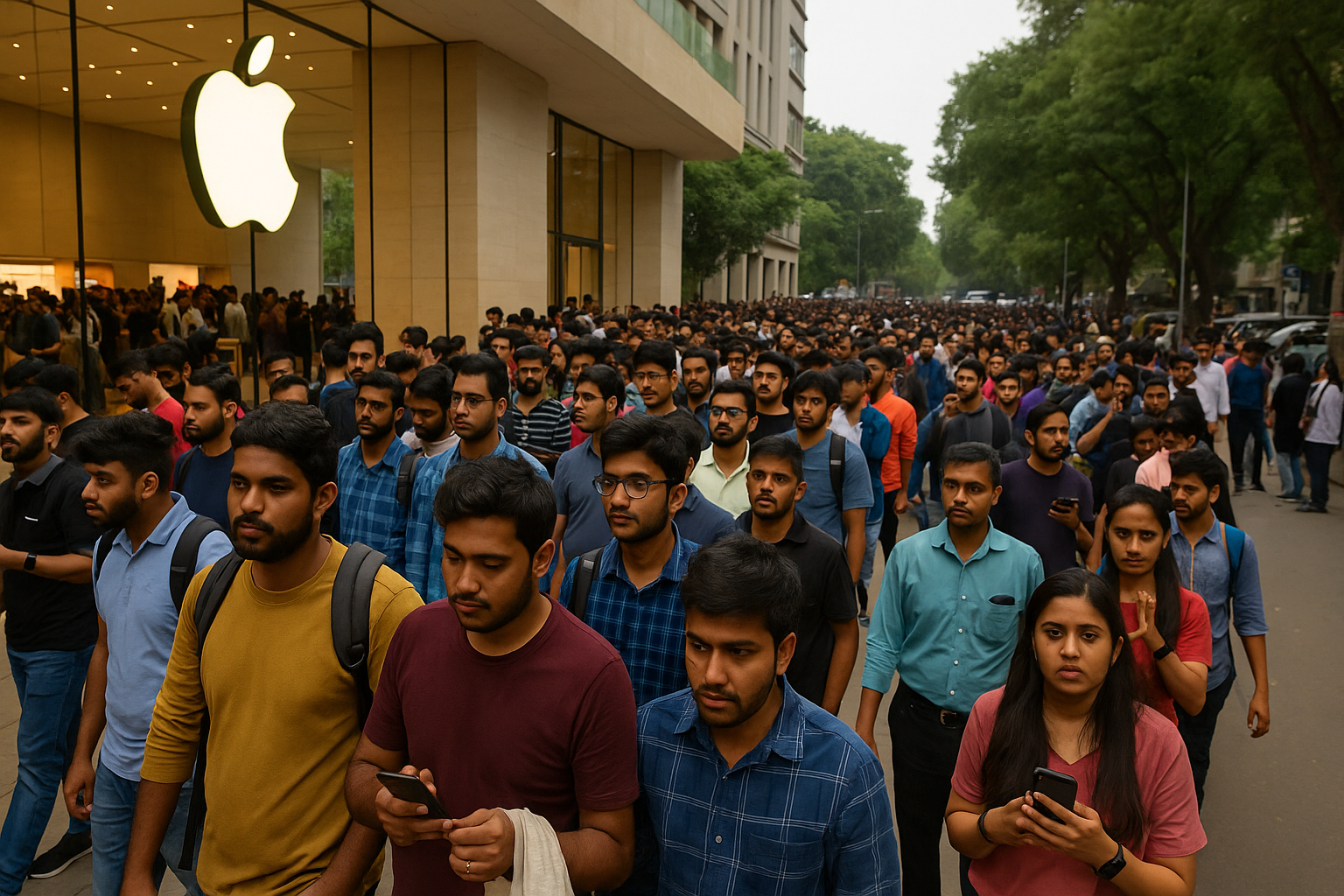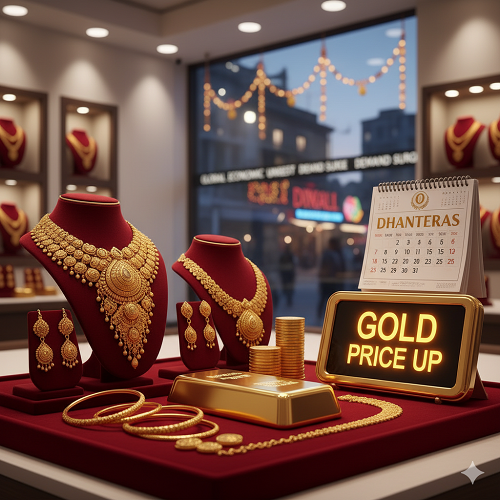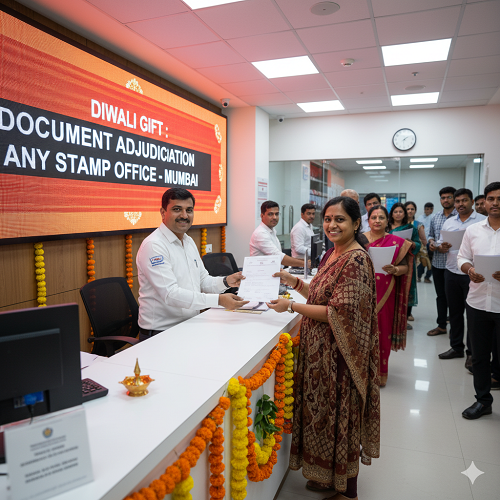
Brain-Eating Amoeba Cases Surge in Kerala: Understanding the Threat and How to Stay Safe
In India, technology launches are no longer just about gadgets—they are about aspiration, identity, and sometimes, even chaos. The launch of Apple’s iPhone 17 today was a vivid reminder of this changing landscape. From the long queues in Delhi’s Saket mall to the unruly scuffles outside Mumbai’s BKC Jio Centre, the iPhone’s arrival once again turned retail outlets into stages for both fanfare and frenzy.
Queues as a Mirror of Aspirations
At dawn, hundreds of enthusiasts lined up at Apple stores in Delhi and Mumbai, their excitement spilling onto pavements. Some came from neighboring cities; others skipped work or classes. Manoj, a buyer from Ahmedabad, summed it up when he said: “I come every time. I have been waiting since 5am.”
The queues are not just about being the first to own a phone. They reflect the role of technology in modern India as a social signal and a personal milestone. For many, owning the newest iPhone is less about hardware specifications and more about the currency of aspiration—the idea that owning an Apple device places you in a global, digital elite.
From Fanfare to Fistfights
Mumbai, often the heart of India’s consumer theater, saw the excitement spill into disorder. At Apple’s flagship BKC store, the massive turnout briefly turned ugly when a scuffle broke out among customers waiting in line. Security personnel had to intervene, restoring order after a few tense moments.
These incidents, while minor, highlight the sociology of scarcity. When supply and demand meet in a compressed window—like the launch of a high-demand product—queues become pressure cookers of expectation. What should be a celebration of technology sometimes morphs into scenes of impatience and conflict.
Apple’s Expanding Footprint in India
The frenzy is not just about a product launch; it is about Apple’s steadily deepening presence in India. The iPhone 17 is available not just at flagship stores in Mumbai, Delhi, Bengaluru, and Pune, but also through e-commerce platforms, quick commerce apps, and authorized retailers.
This growing footprint is a strategic signal. For Apple, India is no longer a peripheral market. With rising disposable incomes, a booming middle class, and a tech-savvy youth population, India represents one of Apple’s most promising frontiers. The queues outside Apple stores are, in many ways, a barometer of this shift.
Technology as Theatre
Part of Apple’s genius lies not only in its devices but in how it stages them. Launch day is not a transaction—it is theatre. The iPhone 17, powered by Apple’s latest silicon chip and running on iOS 26 with “Apple Intelligence” AI features, is undeniably powerful. But what generates loyalty and headlines is the spectacle of the launch itself.
In this sense, Apple is not just selling technology—it is selling participation in a global ritual. When Indian buyers queue overnight, they are not only purchasing a phone; they are joining a story that stretches from California to Connaught Place.
Lessons Beyond the Launch
The iPhone 17 launch also raises broader lessons about Indian consumer markets. First, it shows that India is no longer waiting for global trends—it is participating in them in real time. The queues outside Apple stores in Delhi and Mumbai are indistinguishable from those in New York or Tokyo.
Second, it highlights the importance of experience-driven retail. For Apple, stores are not just places to sell phones—they are temples of design and aspiration. For Indian retailers, the lesson is clear: the future of consumption is not just about price points but about experiences that create loyalty.
Finally, the scuffle in Mumbai is a reminder that managing scale in India requires planning for both enthusiasm and excess. A billion-person market brings both opportunities and operational challenges.
Beyond a Phone, Towards a Future
The iPhone 17 launch is more than a product event. It is a snapshot of India’s evolving consumer story—a story where technology, aspiration, and identity intersect. It shows how a phone can be both a tool of productivity and a badge of belonging.
Apple’s success in India will not be measured just by sales figures but by how seamlessly it integrates into the aspirations of young Indians. If today’s queues are any indication, the iPhone has already become more than a device—it has become part of India’s consumption vocabulary.
As the dust settles outside BKC and Saket, one thing is clear: the iPhone 17 may be the latest model, but it symbolizes something timeless—the desire of Indians to be at the front of the global queue.




